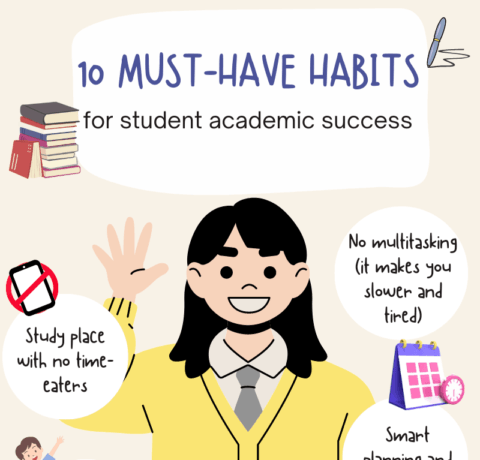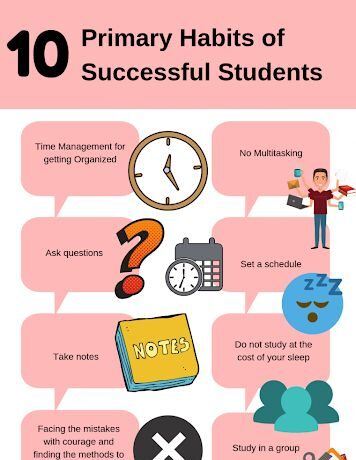Teaching Students to Be Better Annotators Infographic
When asked to share the hardest part of teaching good highlighting and annotation skills, teachers said:
- "Teaching kids that highlighting is not painting the barn." —Patricia B.
- "Getting students to understand the different aspects of text worthy of notation—main idea, significant detail, theme, etc." —Melissa W.
- "Convincing them it's necessary." —Amy S.
With these comments in mind, We are Teachers created the Teaching Students to Be Better Annotators Infographic, which provides ideas for teaching annotation in the classroom.
Why Annotate?
- Annotation has some big benefits for readers and writers alike:
- It slows down those super-speedy readers who are racing to the finish line.
- It helps students make connections.
- It encourages students to ask questions and find evidence, both of which are emphasized in the Common Core.
- It fosters a personal relationship and understanding of the text.
- it makes reading active.
- It improves reading comprehension.
3 Mistakes Kids Make and How to Fix Them
- They Highlight Everything: Just about every teacher has seen a textbook spread that has been turned entirely neon yellow.
FIX IT: Show students there isn’t much difference between a totally blank page and one that’s been completely highlighted. Emphasize that highlighting isn’t a tool to make us understand as we’re first reading, but rather one to help us remember the most important passages on a deeper level. - They’re Inconsistent: When you mark notes about the author’s purpose in purple ink on one page and with only a series of exclamation marks on the other, it’s hard to flip through the text and find what you need.
FIX IT: Develop a class system of annotation symbols or notes, or invite students to create one of their own. - They Sweat The Small Stuff: Some students understand that you aren’t supposed to highlight the entire page, but they still aren’t sure how to pull out the text elements that ARE important, like evidence, argument, and author’s purpose.
FIX IT: Try doing some “reverse highlighting,” where you cross out everything that isn’t 100% essential. Then discuss what’s left. Why is it so important? Use your discussion to help create a framework for annotation.
Don’t Want To Mark Up Your Books? 3 Ideas to Try Instead
- Use sticky notes to mark key passages and story elements.
- Try e-books or an e-reading platform like Accelerated Reader 360, which has built-in annotation tools.
- Make photocopies of key pages and have the students annotate those (if the text is in the public domain).
Digital vs Pen and Paper
- Using programs like Accelerated Reader 360, it’s easy to set up auto tags for things like Author’s
- Purpose, Argumentation, and Inference & Evidence.
- Most digital programs allow students to see what other readers have annotated, which can help kids understand other perspectives on the text.
- Physical annotation creates more wear and tear and makes it difficult to reuse the book.
- Digital annotation can easily be adapted to students with vision or fine motor impairment.
- Students who struggle with handwriting can also benefit from typing their notes.
- Learning to annotate by hand is helpful for students who take penand-paper assessments.
- An unlimited number of students can annotate the same text.
- The act of handwriting may help some students better remember their annotation.
- Kids can develop their own systems for annotation and figure out what works best for them.
4 Ways to Keep Annotation Fun
Annotation can often seem intimidating or like “another thing to do” while reading. Here are four ways to keep it fun!
- Encourage students to develop their own “secret codes” for annotation. Have them make legends explaining what each symbol in their secret codes means.
- Make it visual. Encourage students to sketch or doodle in response to their reading and to use small designs to represent various themes (e.g., happy face = friendship).
- Occasionally keep track of something silly—like how many times the author uses the word “supposedly.” It might just lead to a deeper conversation about word choice and author style!
- Don’t grade or make kids turn in annotation—at least not always. The emphasis should be on the fact that annotation is a personal response to reading and a way to understand the text on a deeper level.
View also:







You can adjust your cookie preferences here.